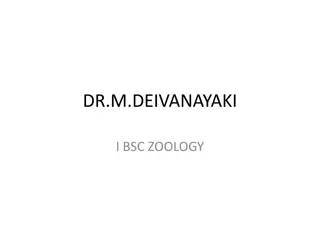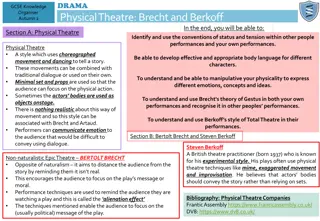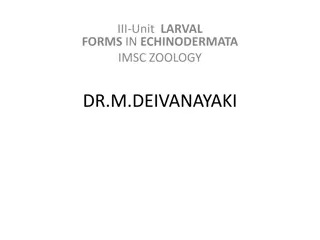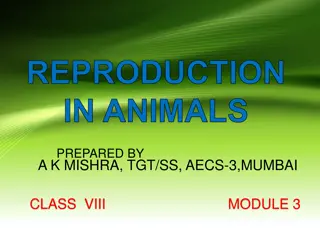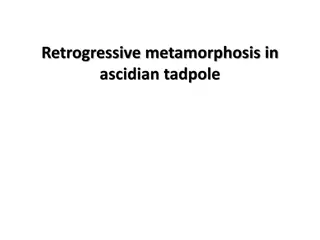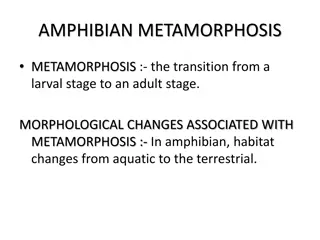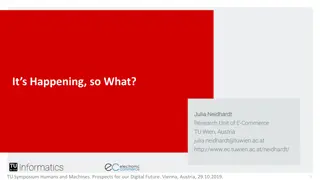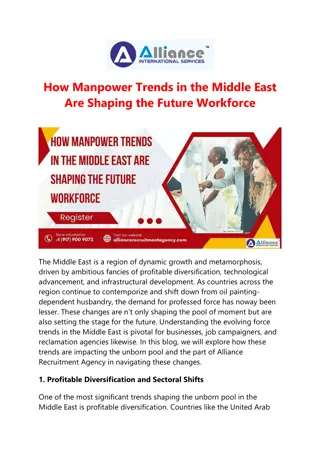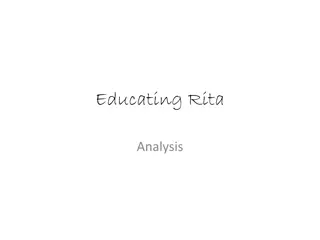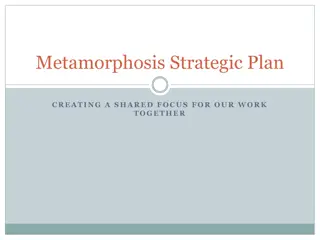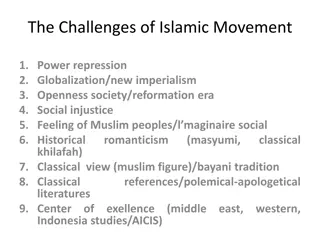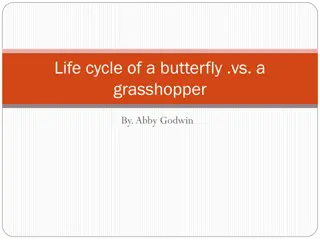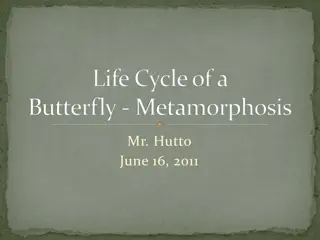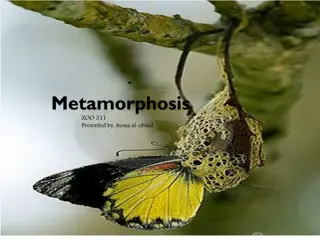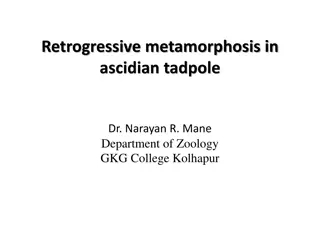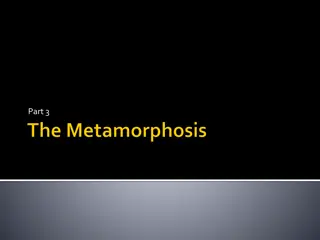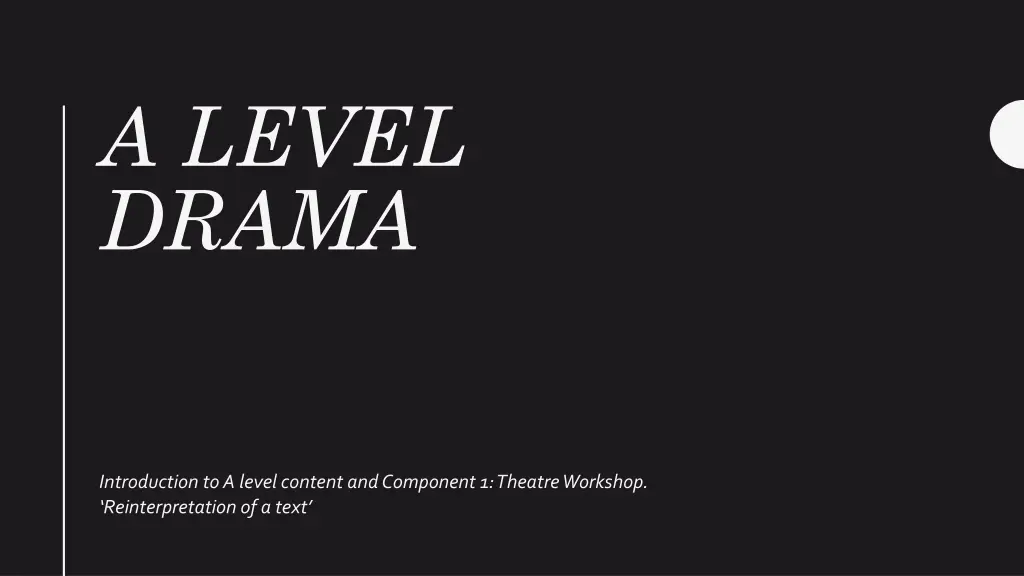
Exploring Steven Berkoff's Theatrical Techniques
Delve into the unique performance style of Steven Berkoff, drawing inspiration from Greek Theatre, Japanese Noh, and Kabuki. Explore the use of chorus, stylised movement, MIME, exaggerated vocal work, and Bouffon performance style in ensemble settings. Engage in activities like "The Tragic Story" and "Have a Moan - Kvetch" to understand Berkoff's innovative approach to theatre.
Download Presentation

Please find below an Image/Link to download the presentation.
The content on the website is provided AS IS for your information and personal use only. It may not be sold, licensed, or shared on other websites without obtaining consent from the author. If you encounter any issues during the download, it is possible that the publisher has removed the file from their server.
You are allowed to download the files provided on this website for personal or commercial use, subject to the condition that they are used lawfully. All files are the property of their respective owners.
The content on the website is provided AS IS for your information and personal use only. It may not be sold, licensed, or shared on other websites without obtaining consent from the author.
E N D
Presentation Transcript
A LEVEL DRAMA Introduction to A level content and Component 1: Theatre Workshop. Reinterpretation of a text
Steven Berkoff Steven Berkoffwas born in Stepney, London in 1937 and is still working as an energised actor, playwright and director today. He trained as an actor and then studied movement at the EcoleInternational de Theatre de Jacques LeCoq. These two areas of study are key to his work. CHORUS STYLISED MOVEMENT Berkoff s work is inspired by Greek Theatre, Japanese Noh and Kabuki, Shakespeare and East End Musical hall performances. Use of MIME With this unique blend his performance style is instantly recognisable. EXAGGERATED VOCAL WORK DIRECT ASIDES
Becoming the chorus The chorus response can be found in almost all of Berkoff s plays. To explore how the use of the chorus relates to the idea of ensemble we will do an activity called The Tragic Story . In a large group, stand in a square grid with one person in the middle. Number yourselves and stand on a diagonal to each other. Student 1, you are the leader of the exercise. Create a base rhythm with your whole body that can at as a pulse. Using various positions with you arms, legs and levels. Each create a movement that can be incorporated into a repetitive sequence all together.
His Early work Is based on the classical Green text and contemporary modern day verse in an ensemble environment. In Greek theatre, the chorus used to be played by a group of male actors trained like athletes. Berkoff often used the chorus in a stylised sequence of movement, usually heightened both vocally and physically. Just like Greek Choruses, they reflect the mood of the story and express what the main characters cannot say. In Metamorphosis, one of his most famous plays, the chorus are represented as the family of Gregor Samsa.
BOUFFON Unlike the Greek Chorus, Bouffons are physically Grotesque and have no opinions. They have fun by mocking humans and society. They always worked as a group and used big collective movements to address topics such as war or religion. BOUFFON- performance style used by Jacques Lecoq drawing on mimicry and the grotesque. Walk the space as a flock. Follow whoever is at the front of the group. As the key word is called out the leader should respond grotesquely modelling the mockery in physicality and vocal sounds. The group then copies and you all keep responding together.
HAVE A MOAN- KVETCH Kvetch is taken from the Yiddish Noun to mean complain all the time, usually with humour. Vocally, Berkoff created dynamics which were elongated, over exaggerated and playful with the dynamics you can produce vocally. Develop into a short skit as a pair, you are sitting eating dinner, chatting about your day- but the moan can t be contained! In a pair, think about the last time you moaned about something. Now put your moan into a short five- line structure. Emphasise the words that illustrate the moan the most, use exciting and rich vocabulary if you can even if the moan is ordinary. Experiment with tone, volume and pitch. Stretch out different facial expressions and muscles whilst moaning to add physicality.
META MORP HOSIS We will be reading the opening scene from the play. Consider all the elements of Berkoff s work to incorporate this into your scene ready to perform.


